If I have a layover somewhere that I’ve never been before, I’ll usually try to extend it by at least a few hours or even a few days. I did this with great success in Dubai and more recently in Latvia on our return from Lebanon and Syria. Latvia and Dubai were not exactly at the top of my travel list and so it is good to have an excuse to visit such places that I might not otherwise see…
The History of Riga
The river Daugava has been a trade route since antiquity, part of the Vikings’ Dvina-Dnieper navigation route to Byzantium. A sheltered harbor 9.3 miles upriver from the mouth of the Daugava — the site of today’s Riga — was recorded, as Duna Urbs, as early as the 2nd century. It was settled by the Livs, an ancient Finnic tribe.
Riga began to develop as a center of Viking trade during the early Middle Ages. Riga’s inhabitants occupied themselves mainly with fishing, animal husbandry and trading, later developing crafts in bone, wood, amber and iron.
The Chronicle of Henry of Livonia testifies to Riga having long been a trading centre by the 12th century, referring to it as portus antiquus (ancient port), and describes dwellings and warehouses used to store mostly corn, flax, and hides. German traders began visiting Riga, establishing a nearby outpost in 1158.
Contemporary Riga was formally founded in 1201 by Albert of Bremen as a base for the Northern Crusades. It developed as the major trade hub of the Eastern Baltic during the high days of the Hanseatic League, ruled by the Archbishop of Riga. However, when the Reformation reached Riga in 1522, it ended the Archbishops’ power. After the fall of the Hansa, Riga became a part of first the Swedish and then the Russian Empires.
The city’s rapid industrialization spawned a socialist movement which culminated in the 1905 Revolution led by the Latvian Social Democratic Workers’ Party.
The following years brought World War I and the impact of the Russian Revolution of 1917 to Riga. The German army marched into Riga on 3 September 1917. On 3 March 1918 the Treaty of Brest-Litovsk was signed, giving the Baltic countries to Germany. Because of the Armistice with Germany of 11 November 1918, Germany had to renounce that treaty, as did Russia, leaving Latvia and the other Baltic States in a position to claim independence. Latvia, with Riga as its capital city, thus declared its independence on November 18, 1918.
Between World War I and World War II (1918–1940), Riga and Latvia shifted their focus from Russia to the countries of Western Europe. The United Kingdom and Germany replaced Russia as Latvia’s major trade partners.
During World War II, Latvia was occupied first by the Soviet Union in June 1940 and then by Nazi Germany in 1941–1944. The city’s Jewish community was forced into the Riga Ghetto and concentration camps were constructed in Kaiserwald and the city of Salaspils.
Germans have inhabited Riga since its establishment by Albert, and throughout most of its history Germans were the elite while Latvians remained a lower class. Their position as the elite continued through the Imperial period of Riga. As such, much of the architecture in Riga has been heavily influenced by Germany. However, in October 1944 Latvia was once again occupied by the Red Army and the German community was forcibly repatriated.
The dissolution of the Soviet Union led to the restoration of independent Latvia in 1991 and on 17 September 1991, Latvia formally joined the United Nations as an independent country. In 2004 Latvia joined both NATO and the European Union.
The center of Riga has been declared a UNESCO World Heritage Site and, believe it or not, it is usually far more lively than the above pictures might lead one to believe. Our flight from Beirut had arrived in Latvia before 5 a.m. and so when I took the pictures displayed here, I was wandering around the center of Riga on a weekday morning around 6 a.m.
Riga is the largest city in the Baltic States and despite its small size, holds about half of the country’s population.
Much of Riga was bombed during World War II and the ruins were mostly left to decay until independence, when the government, realizing the tourism potential, began to invest in reconstructing and restoring the old buildings.
Riga has a sister city relationship with Tbilisi, Georgia and Minsk, Belarus.
*****
As a word of caution, several friends of mine have reported the following bar scam in Riga… This scam, which targets men, begins by coaxing you into a bar, where an attractive girl will strike up a conversation with you and convince you to buy her a drink. You will then be presented with a bill for several hundred lats (A lat is worth even more than a euro). Don’t worry, the bar will take credit cards – or you might be forced to withdraw money from their handy ATM. If you ask, you will even be presented with a menu and the price listed.
The trick to avoiding this scam is not to enter a bar recommended to you by someone on the street or, if you do, insist on seeing the price of a drink in writing. Also, as a simple game rule, I have recommended for quite a while now that a guy never buy a drink for a girl he is not already friends with. So, following my little rule alone would have saved many a man this headache.
In other words, if your game is just average in New York, London or Rome, be suspicious if you suddenly think you’re successfully gaming a 9 in Latvia.
*****
The Italian Embassy in Riga can be found at:
Teatra iela, 9 – LV 1050 Riga
Phone + (371) 6 721 60 69
Fax + (371) 6 721 60 84
Fax Consular Office / Commercial + (371) 6 7211517
E-mail: @ esteri.it ambitalia.riga
Emergency Number + 371 2 9273027
The British Embassy in Riga can be found at:
British Embassy
5, J. Alunana Street
Riga LV-1010
Switchboard:
(371) 6777 4700
The American Embassy in Riga can be found at:
1 Remtes Street
Riga LV-1510
Tel: +371 6710-7000
Fax: +371 6710-7050
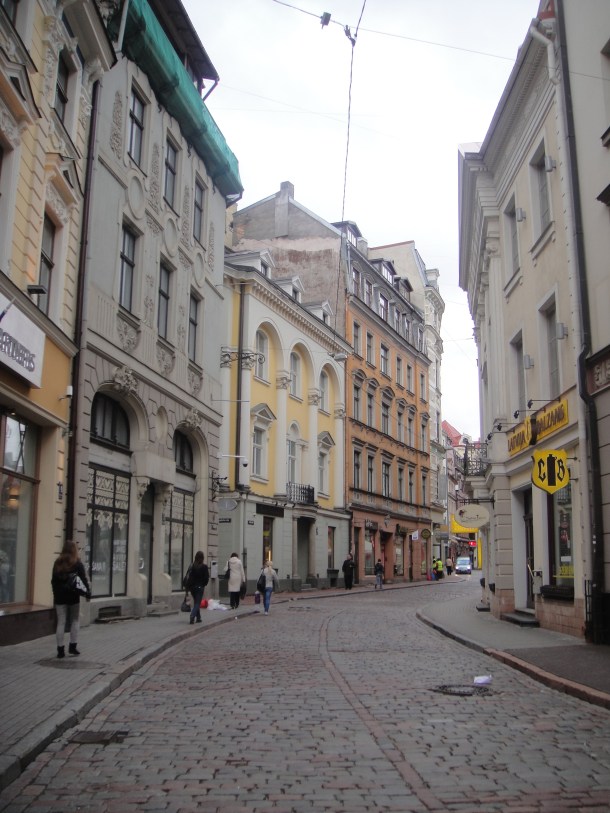
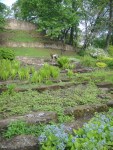
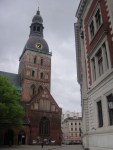
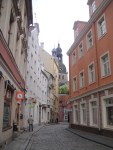
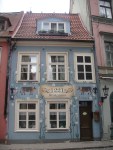
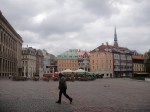
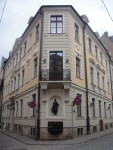
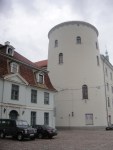
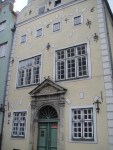
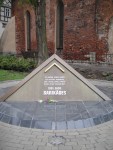
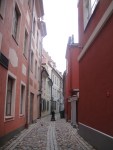
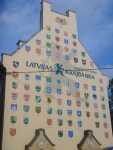
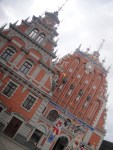
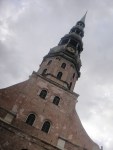
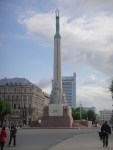
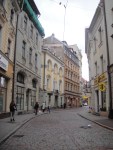
great photos – the architecture reminds me a lot of Germany – looks like an appealing place to visit
great
Prior to the occupation by the Soviets Latvia was a dynamic country with an exciting future. Since independence from the Soviet Union in 1991 Latvia has recovered its sense of dynamism and is once again an exciting and intriguing place to visit.